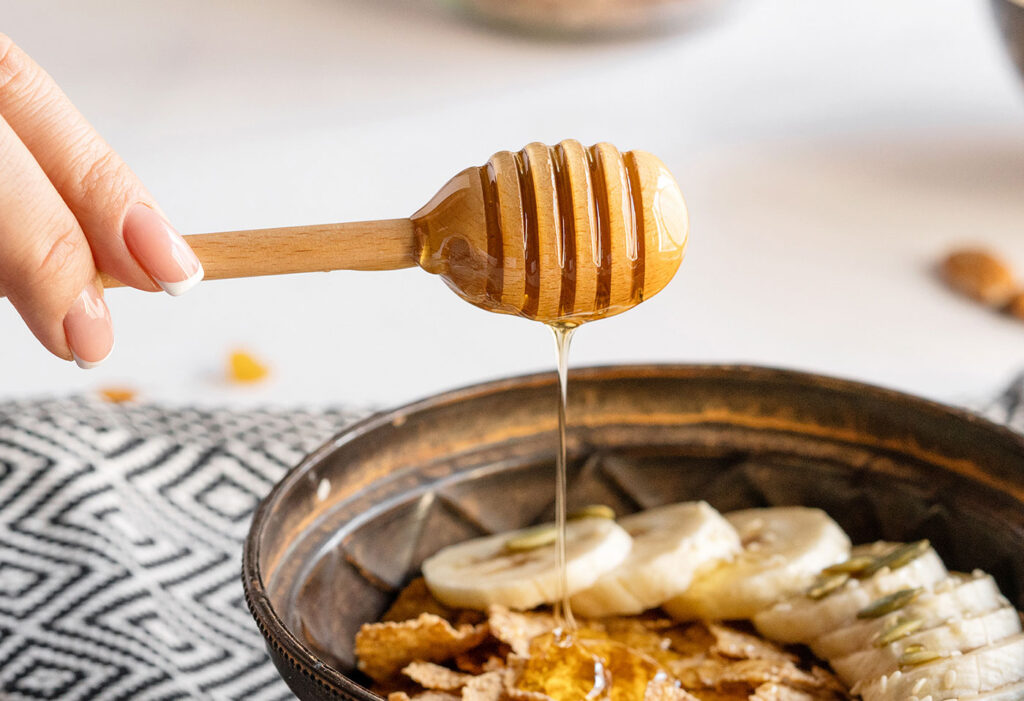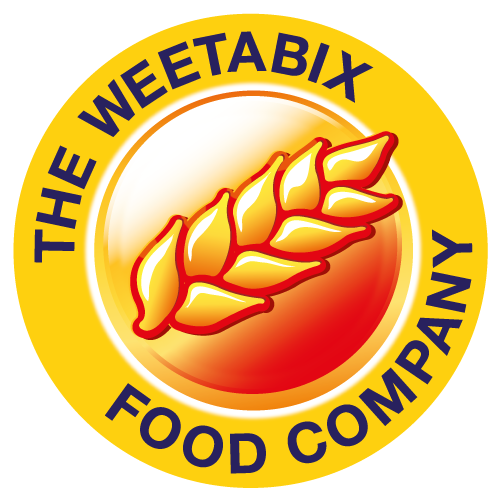Sugar

Sugars are simple carbohydrates. Sugar occurs naturally in many foods including honey, fruit, fruit juices, milk and dairy products. Sugars can also be added to food and drink, often in a refined form or as syrups in cooking, at the table and to processed foods and drinks such as sweets, chocolates, biscuits, cakes. pastries and sugary drinks.
‘Free sugars’ are any sugars including honey, syrups and nectars added to food or drinks during manufacturing or cooking or at the table to sweeten food or drinks, and include table sugar, brown sugar, coconut sugar, date sugar, sugars found naturally in honey, all syrups including maple, agave, rice, date, nectars and unsweetened fruit juices. ‘Free’ means the sugars are freely available rather than those found as a built-in part of the food. For example, the sugars in orange juice are free sugars whereas those found in a whole orange aren’t. Free sugars doesn’t mean you can eat them freely! This is the kind of sugar on average we eat too much of so should aim to cut down on. Sugars found naturally in foods such as whole fruit, vegetables and milk (lactose) are there as part of the food and we don’t need to cut down on these types of sugars.
Most adults and children, on average, in the UK eat too much sugar. Too much sugar in the diet can contribute to dental decay, being overweight and increased risk of certain diseases.
The maximum daily intake of sugar suggested by nutrition experts for health is 90g per day for adults. Most should come from whole fruit, vegetables and dairy. Only 30g (max) should come from free sugars (roughly the same amount you find in seven sugar cubes or seven teaspoons). Children should have less free sugars – no more than 19g a day for children aged 4 to 6 years old (5 sugar cubes), and no more than 24g (6 sugar cubes) for children aged 7 to 10 years old.
Most of the free sugars in our diet come from drinks and cakes, biscuits, buns, puddings sweetened with sugars, confectionery, table sugar and fruit juice. It’s important to look at food labels when out shopping, choosing foods lowest in sugar and swapping to lower sugar choices e.g. swapping biscuits for fresh fruit. Try not to add sugar to drinks or at the table. Try to cut down gradually if this is too hard.
Weetabix, Weetabix protein, Oatibix and ready brek are low sugar foods (green traffic light) and ready brek and Alpen No Added Sugar have no added sugar. If you want to add sweetness to unsweetened wholegrain cereal, add whole fruit (fresh/frozen/canned in juice/dried) which adds natural sweetness plus fibre, vitamins and minerals rather than adding table sugar, other sugars such as brown or coconut, honey or syrups which adds sweetness but little else.
Remember if you look at a cereal that contains dried fruit, some, or all of the sugar content if it contains no other sugars, will be provided by the fruit. The same applies if the cereal contains milk powder as an ingredient as the lactose in the milk will contribute to the amount of total sugars listed on the label.
Sugar is sometimes added to breakfast cereal during the manufacturing process to help improve texture, flavour and help the cereal to keep better. At Weetabix we review this amount regularly and keep it to the minimum needed for these properties. In the UK on average, manufactured breakfast cereals contribute only a small amount of our total daily intake of free sugars. Remember to look at the food overall and what it is providing rather than sugar alone.
Choosing a lower sugar whole grain cereal rather than a sugar-coated cereal, pastries or biscuits or making a cereal swap at breakfast to a lower sugar version, mixing a higher sugar one with a lower one or adding fruit to an unsweetened or low sugar cereal rather than sugar or syrup can be great ways to cut sugar at breakfast or snack time.
There is no evidence to suggest that we can be addicted to sugar but we can get used to and like its taste. But the good news is we can also get used to less.
